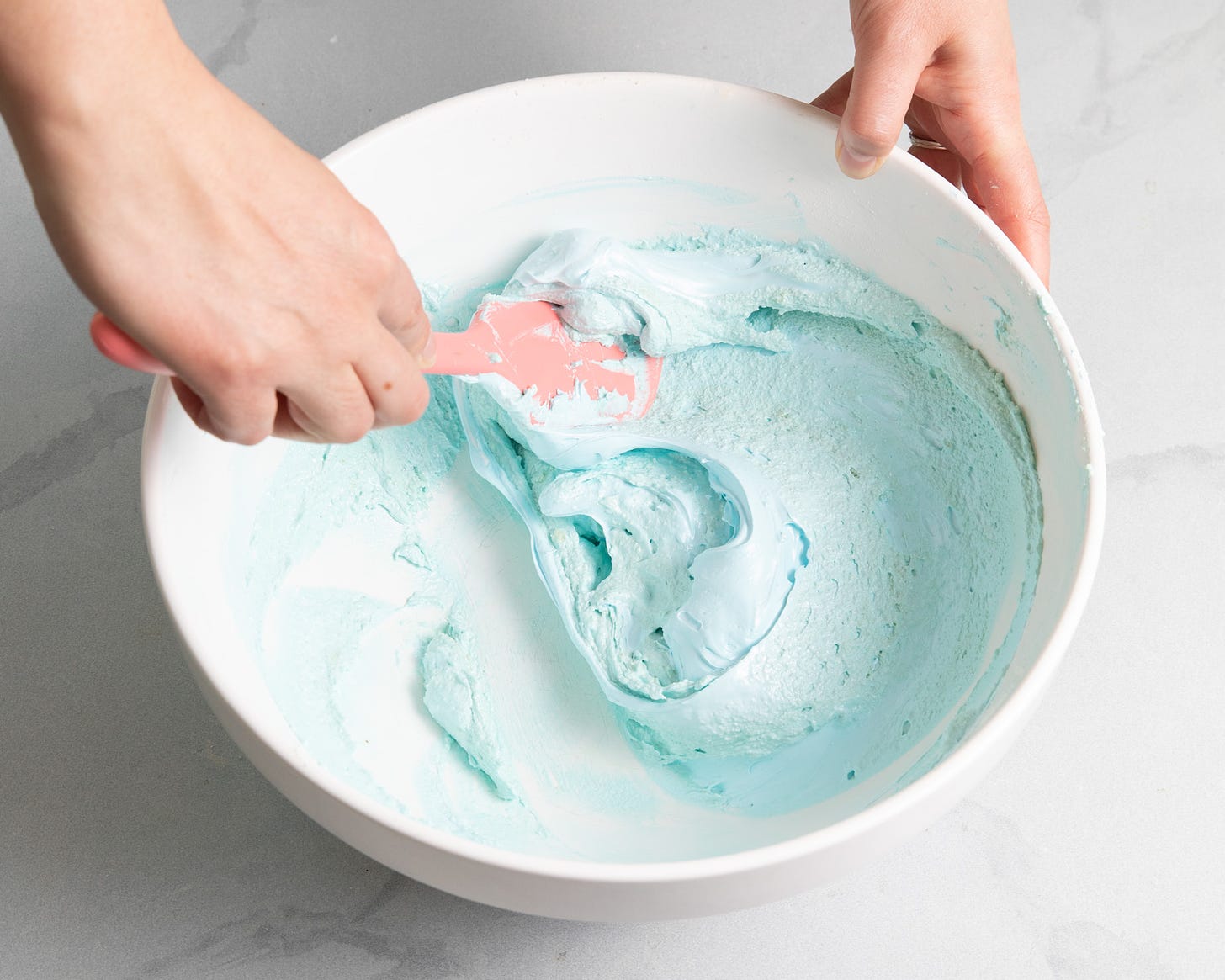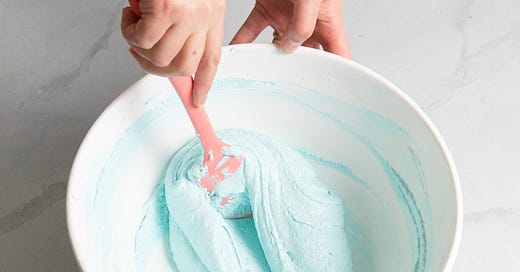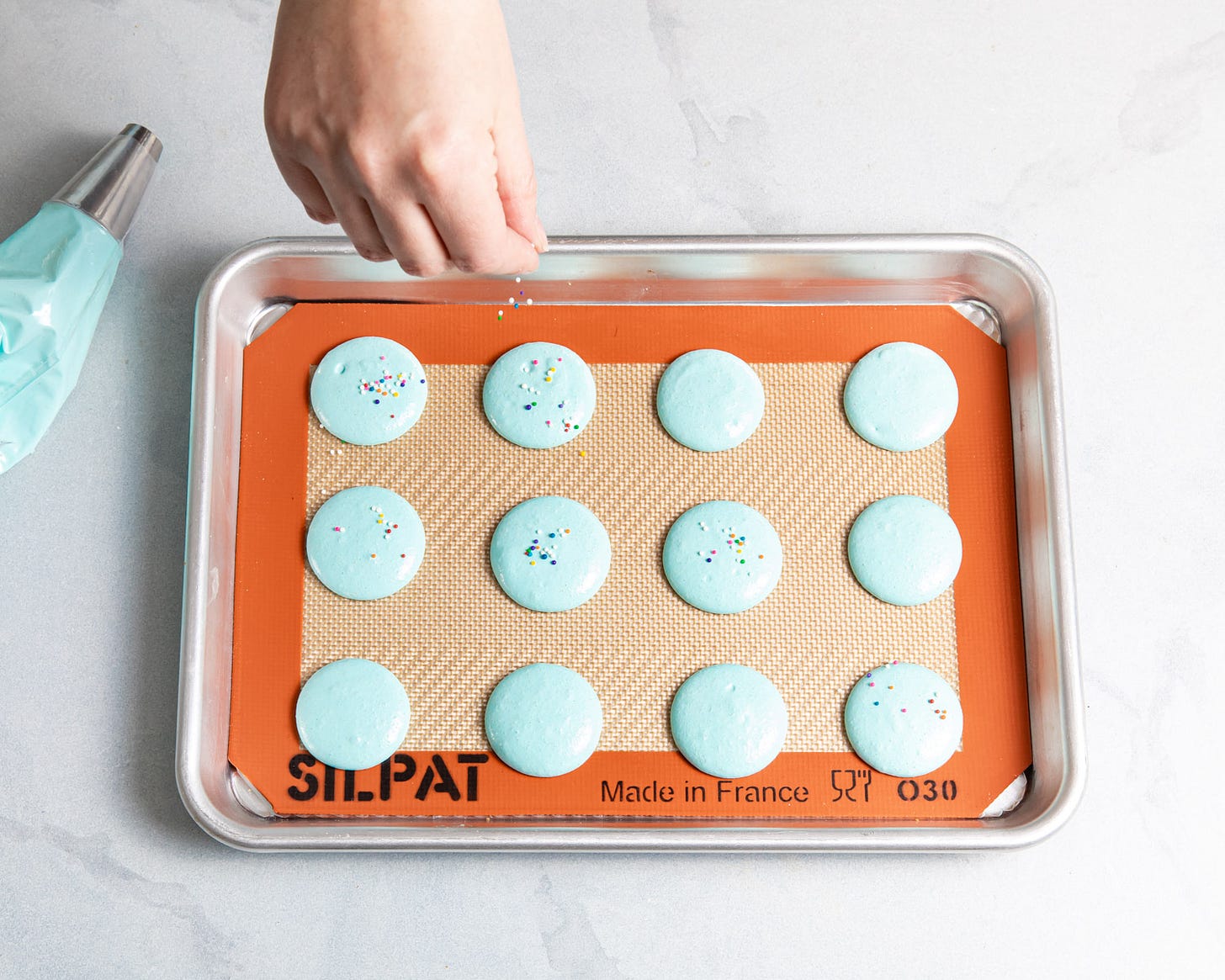Macaron Tips, Tricks, and Troubleshooting
Step-by-step photos and your most common questions are answered!
When it comes to macarons, little things can make dramatic differences. They are sensitive to change and slightly finicky, but don’t let this keep you from trying to make them at home. Language is everything, so pay attention to the recipe indicators and directions, like folding the batter instead of mixing or stirring. Here are some helpful tips for baking delicious macarons.
Tips and Tricks:
Be prepared. You will notice that there are quite a lot of different steps and equipment being called for to create this petite pastry. Having all of your ingredients weighed out and your tools available will help keep you organized. Some steps are time and temperature sensitive, so you need to have things ready in order to keep moving without interruption. Include reading through the recipe from start to finish in your recipe prep!
Make sure you purchase dry, ground almond flour and be sure that it is not oily. Almond flour made from skinless, blanched almonds is preferred. I use superfine almond flour from Bob’s Red Mill. If you are making your own, monitor it closely to make sure the almonds don’t release oil or turn into almond butter.
For super smooth tops, take the time to run the almond flour and confectioners’ sugar through a food processor then sift with a fine mesh sieve. You won’t regret this extra step. Make sure to add the sugar so you don’t accidentally grind the almond flour into almond butter.
Use egg whites from fresh eggs. Unless you have a reliable brand of carton egg whites that you trust for making meringue, then make sure to use egg whites from whole eggs. Save the yolks for another recipe.
Use the largest mixing bowl you own to fold the batter. This will help keep you from overmixing and allow for large, deliberate folds.

Likewise, use a large rubber spatula for folding. Hold the spatula and use it like an extension of your arm/hand to make large folds instead of stirring.
Macarons start with meringue, so use good egg white whipping practices like keeping the egg whites free from fat. Fat is found in little drops of egg yolk, so make sure to separate your eggs carefully. Traces of fat can also be found on your equipment, so make sure your bowls and whisks are thoroughly cleaned and dried, especially after making something with a lot of butter like brioche. For extra insurance, you can wipe down your tools with vinegar or lemon juice and let dry.
Only whisk the egg whites to the soft peak stage before adding the sugar syrup. Over-whipped egg whites will look dry and clump together. If you over-whip your eggs, the macarons will not turn out well. I recommend starting over at this point, since the batter will not improve after the egg whites are over-whipped. If your egg whites reach soft peaks before the sugar syrup is ready, stop the mixer. Turn it back on medium-high speed when you pour in the sugar syrup.
Carefully pour the sugar syrup down the side of the bowl. Try to avoid hitting the moving whisk so the sugar does not splatter.
Macaronage is the very specific process of folding together the almond mixture and meringue to make macarons. Learning how to fold, what to look for, and when to stop are all crucial elements. Fold with careful confidence - don’t be afraid to deflate the meringue a little. Use big folds instead of little stirs - make each one count! Be the boss of the batter!
Keep reading with a 7-day free trial
Subscribe to Tessa Huff's Bake Club to keep reading this post and get 7 days of free access to the full post archives.





